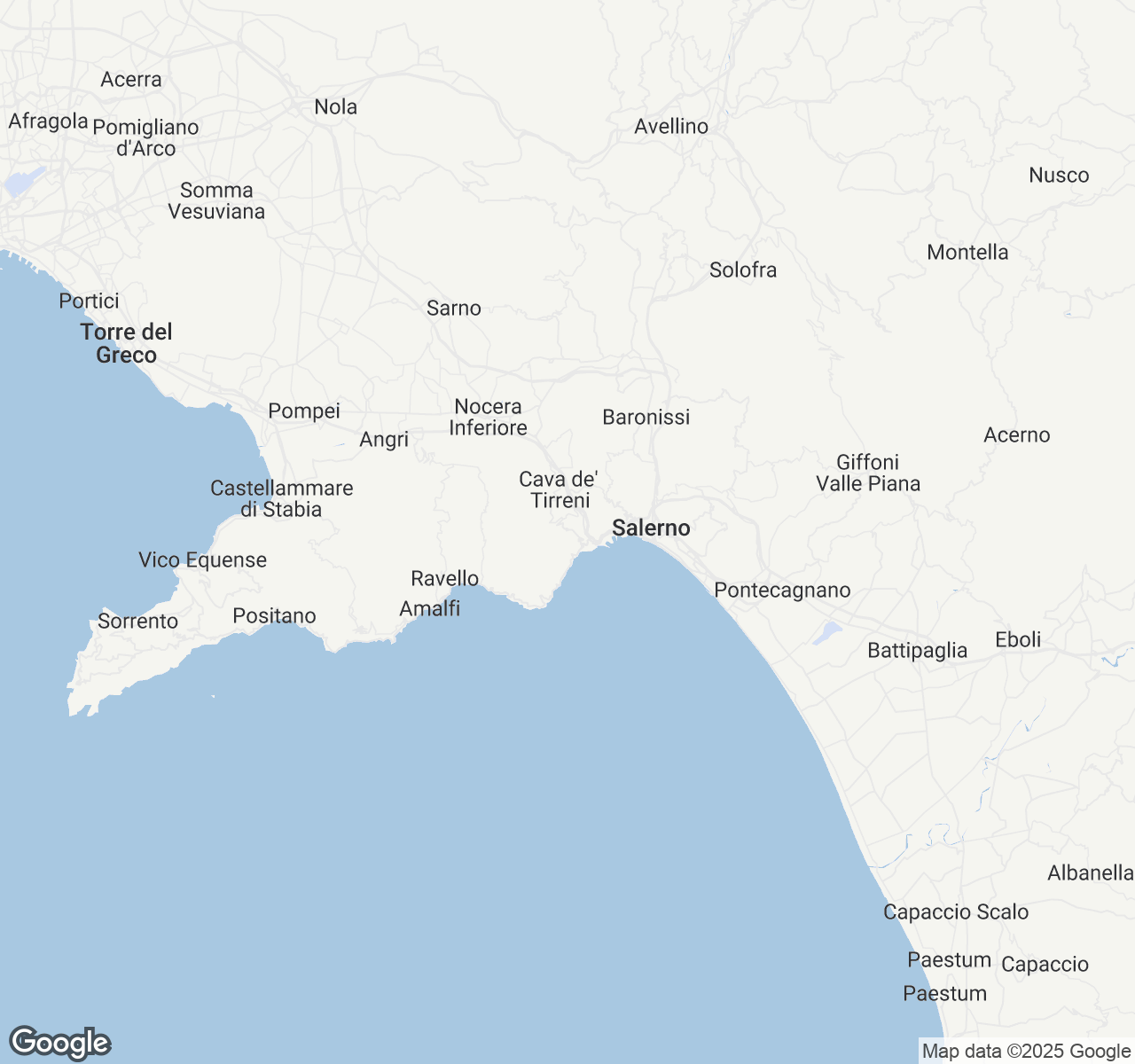
Things to Do in Amalfi Coast
Discover the best of Amalfi Coast
Plan Your Trip
Essential guides for timing and budgeting
Top Things to Do in Amalfi Coast
Discover the best activities and experiences. Book now with our trusted partners and enjoy hassle-free adventures.
Your Guide to Amalfi Coast
About Amalfi Coast
Where ancient cliffside villages cascade like precious gems into the sapphire embrace of the Tyrrhenian Sea, the Amalfi Coast unfolds as Italy's most impressive coastal symphony. Here, time seems to slow to the rhythm of gentle waves lapping against sun-warmed rocks, while the intoxicating fragrance of lemon groves mingles with salt-kissed Mediterranean breezes. Narrow, serpentine roads carved into dramatic limestone cliffs reveal hidden coves and terraced vineyards that have clung to these precipitous slopes for centuries. Each village tells its own story—Positano's pastel houses tumbling toward the sea like scattered confetti, Amalfi's maritime legacy whispered through ancient cathedral stones, and Ravello's elevated gardens offering celestial views that have inspired countless artists and lovers. This is where la dolce vita reaches its most sublime expression, where every sunset paints the sky in shades of pure romance, and where the simple pleasure of savoring limoncello on a terrace overlooking infinity becomes a memory treasured forever.
Travel Tips
Transportation: Book SITA bus tickets in advance via app or tobacco shops, as routes fill quickly in summer. Rent scooters only if experienced with steep, narrow roads. Ferry connections between coastal towns (April-October) offer scenic alternatives to crowded buses and avoid traffic delays.
Money: Carry cash as many small restaurants and shops don't accept cards. ATMs are limited in smaller villages like Furore. Budget €40-60 daily for meals, €15-25 for bus/ferry transport. Tipping 10% at restaurants is appreciated but not mandatory.
Cultural Respect: Dress modestly when visiting churches—covered shoulders and knees required. Avoid loud conversations in restaurants during riposo (2-4 PM). Don't block narrow walkways for photos. Greet shop owners with 'Buongiorno' before browsing; it's considered polite and essential.
Food Safety: Seek restaurants where locals eat, avoiding tourist-trap establishments near major viewpoints. Try seafood at coastal restaurants with high turnover. Drink tap water confidently—it's safe and high quality. Sample local specialties like sfogliatelle and fresh mozzarella from morning markets.
When to Visit
The Amalfi Coast's Mediterranean climate offers distinct seasonal experiences. Spring (April-May) brings mild temperatures (18-23°C), moderate rainfall (60-80mm monthly), and 40% lower accommodation costs than peak season. Gardens bloom with wisteria and bougainvillea, while tourist crowds remain manageable. Summer (June-August) delivers hot, dry weather (25-30°C), minimal rainfall (20-40mm), but peak pricing with hotels charging 60-80% premiums. Expect crowded attractions and fully booked restaurants requiring advance reservations. Early autumn (September-October) offers the sweet spot—warm seas (22-24°C), comfortable temperatures (20-25°C), light rainfall (70-100mm), and 30% reduced accommodation costs. The grape harvest season brings local festivals and optimal hiking conditions. Winter (November-March) sees cooler temperatures (12-16°C), increased rainfall (100-150mm monthly), and significantly reduced tourist services, though luxury hotels offer 50-60% discounts. Many restaurants and attractions close entirely. Notable events include Amalfi's Regata Storica (first weekend in June) and Ravello Festival (July-September). Shoulder seasons (April-May, September-October) suit most travelers seeking the perfect balance of weather, pricing, and real feels without overwhelming crowds.

Amalfi Coast location map